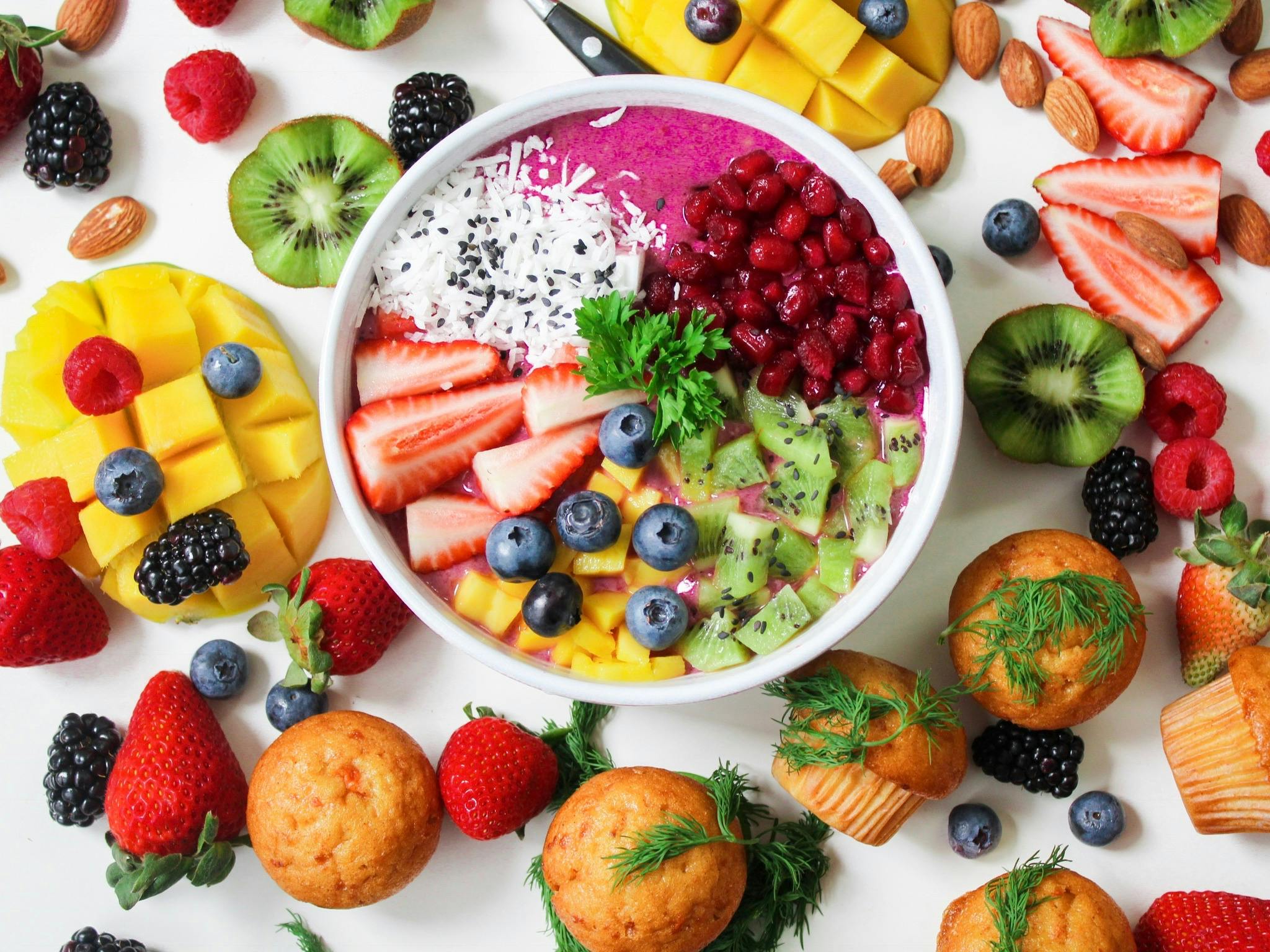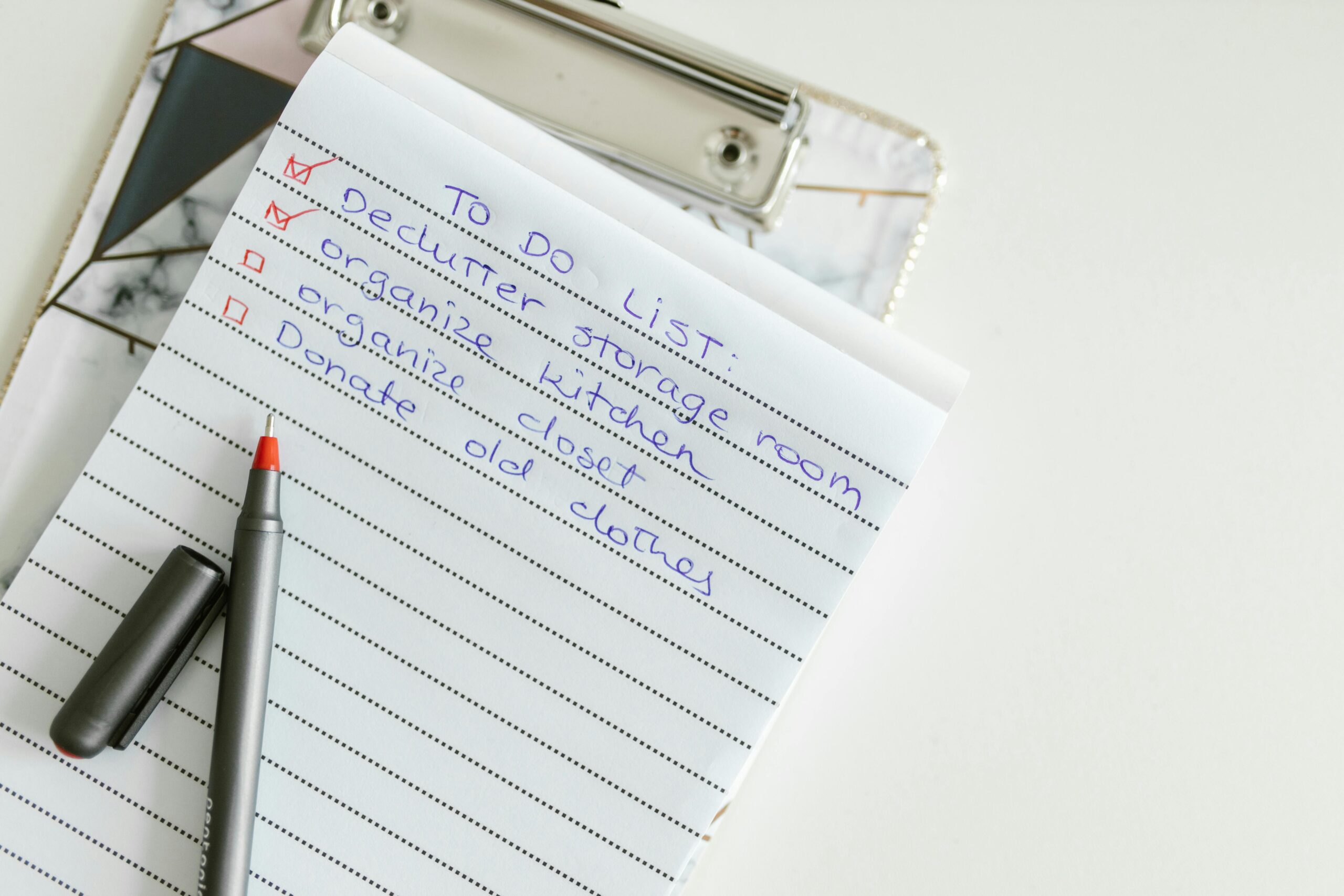If the word “diet” makes you cringe, you’re not alone. In fact, according to a 2023 report by the International Food Information Council, over 52% of Americans say they’re trying to eat healthier, but not necessarily by following a formal diet. Why? Because strict rules and deprivation rarely lead to long-term success.
Healthy eating isn’t about counting calories or cutting out entire food groups. It’s about creating sustainable habits that support your energy, mood, and long-term health. The best part? You don’t have to give up your favorite foods to get there.
In this article, we’ll explore seven simple, realistic ways to eat healthier without dieting. These strategies are easy to implement, backed by research, and most importantly—designed to work with your lifestyle, not against it.
1. Add, Don’t Subtract
Most diets focus on restriction: no sugar, no carbs, no fun. But flipping that mindset can make a huge difference. Instead of obsessing over what to eliminate, focus on what you can add to your meals to make them more nutritious and satisfying.
Try This:
Add a handful of spinach to your scrambled eggs.
Toss extra veggies into pasta or soups.
Mix chia seeds or ground flax into your smoothies.
Expert Insight: “People are more likely to stick with a change when it feels positive,” says registered dietitian Alissa Rumsey. “Adding nutrients is less intimidating than cutting out foods.”
Actionable Tip: Aim to include at least one extra fruit or vegetable per day. Keep pre-cut veggies or frozen berries on hand for convenience.
2. Hydrate Smarter
Water does more than just quench your thirst—it also supports digestion, reduces cravings, and keeps your energy levels stable. Sometimes, what feels like hunger is actually dehydration in disguise.
Simple Tweaks:
Start your day with a full glass of water before coffee or tea.
Infuse water with lemon, cucumber, or mint for flavor.
Keep a refillable water bottle nearby at all times.
Statistic: A 2022 study published in Frontiers in Nutrition found that even mild dehydration negatively impacts cognitive function and mood.
Actionable Tip: Set a phone reminder or use a hydration app to track your water intake until it becomes second nature.
3. Eat Mindfully, Not Mindlessly
Ever eaten a bag of chips while watching TV—only to realize it’s empty five minutes later? That’s mindless eating, and it’s a common trap. Mindful eating, on the other hand, helps you tune into hunger cues, slow down, and actually enjoy your food.
How to Practice:
Put away screens while eating.
Chew slowly and savor each bite.
Check in with your body: Are you truly hungry or just bored?
Actionable Tip: Start by dedicating just one meal per day to mindful eating—no phone, no multitasking, just you and your plate.
4. Plan Ahead Without Perfection
Healthy eating doesn’t require you to prep an entire week’s worth of meals on Sunday night (unless you want to). A little planning goes a long way in reducing impulsive eating and fast food runs.
Smart Shortcuts:
Keep a running grocery list of staples like whole grains, proteins, and produce.
Batch-cook just one item—like roasted veggies or brown rice—to use throughout the week.
Stock your freezer with healthy backup meals like veggie-packed chili or stir-fry kits.
Real-Life Example: Jess, a working mom of three, preps chopped veggies and boiled eggs on Sundays. “Even if I don’t cook full meals, having a few basics ready makes healthy choices easier during busy days,” she shares.
Actionable Tip: Start small. Pick two go-to meals or snacks to prep ahead this week.
5. Balance Your Plate
Forget fad rules—what matters most is balance. Each meal should ideally contain a mix of protein, fiber, and healthy fats to keep you full and fueled. This combo helps stabilize blood sugar, which in turn reduces cravings and energy crashes.
Build a Balanced Meal:
Protein: chicken, tofu, eggs, Greek yogurt
Fiber: leafy greens, quinoa, beans
Healthy fat: avocado, nuts, olive oil
Expert Quote: “A balanced plate can satisfy both your hunger and your taste buds, making it easier to avoid overeating later,” says Dr. Susan Kleiner, Ph.D., nutritionist and author.
Actionable Tip: Use the “half-plate rule”: fill half your plate with non-starchy vegetables, a quarter with protein, and a quarter with complex carbs or whole grains.
6. Watch the Sneaky Add-Ons
It’s not always the main meal that derails healthy habits—it’s the sauces, condiments, and extras. While you don’t need to ditch them completely, being aware of portion sizes and ingredients can make a big difference.
Common Culprits:
Creamy dressings and sugary condiments
Coffee creamers and flavored syrups
“Healthy” snacks with hidden sugars
Actionable Tip: Swap heavy sauces for lighter options like hummus, salsa, or a drizzle of olive oil. Read nutrition labels and opt for whole-food ingredients whenever possible.
7. Keep It Sustainable and Flexible
Rigid food rules often lead to guilt and bingeing. Instead, aim for progress over perfection. Healthy eating isn’t about never having pizza—it’s about enjoying it and balancing it with nutrient-rich meals.
Mindset Shift:
Treat indulgences as part of the plan—not a failure.
Practice the 80/20 rule: 80% nutrient-dense foods, 20% flexibility.
Avoid labeling foods as “good” or “bad.”
Actionable Tip: If you overindulge, don’t skip your next meal. Get back to your normal routine without punishing yourself.
Pro Insight: “Consistency matters more than perfection. One meal won’t ruin your progress—but how you react to it might,” says dietitian Christy Harrison, MPH, RD.
Conclusion: Small Changes, Big Wins
Eating healthier doesn’t have to involve strict rules, fancy ingredients, or hours in the kitchen. By making small, sustainable changes—like adding veggies, drinking more water, or eating more mindfully—you’ll create lasting habits that support your health without the stress of dieting.
So, where should you start? Pick just one tip from this list and try it this week. Once it feels natural, add another. You don’t need a complete overhaul to see real results—just a willingness to keep showing up for yourself, one bite at a time.
Your plate. Your pace. Your path to health—without the diet.



